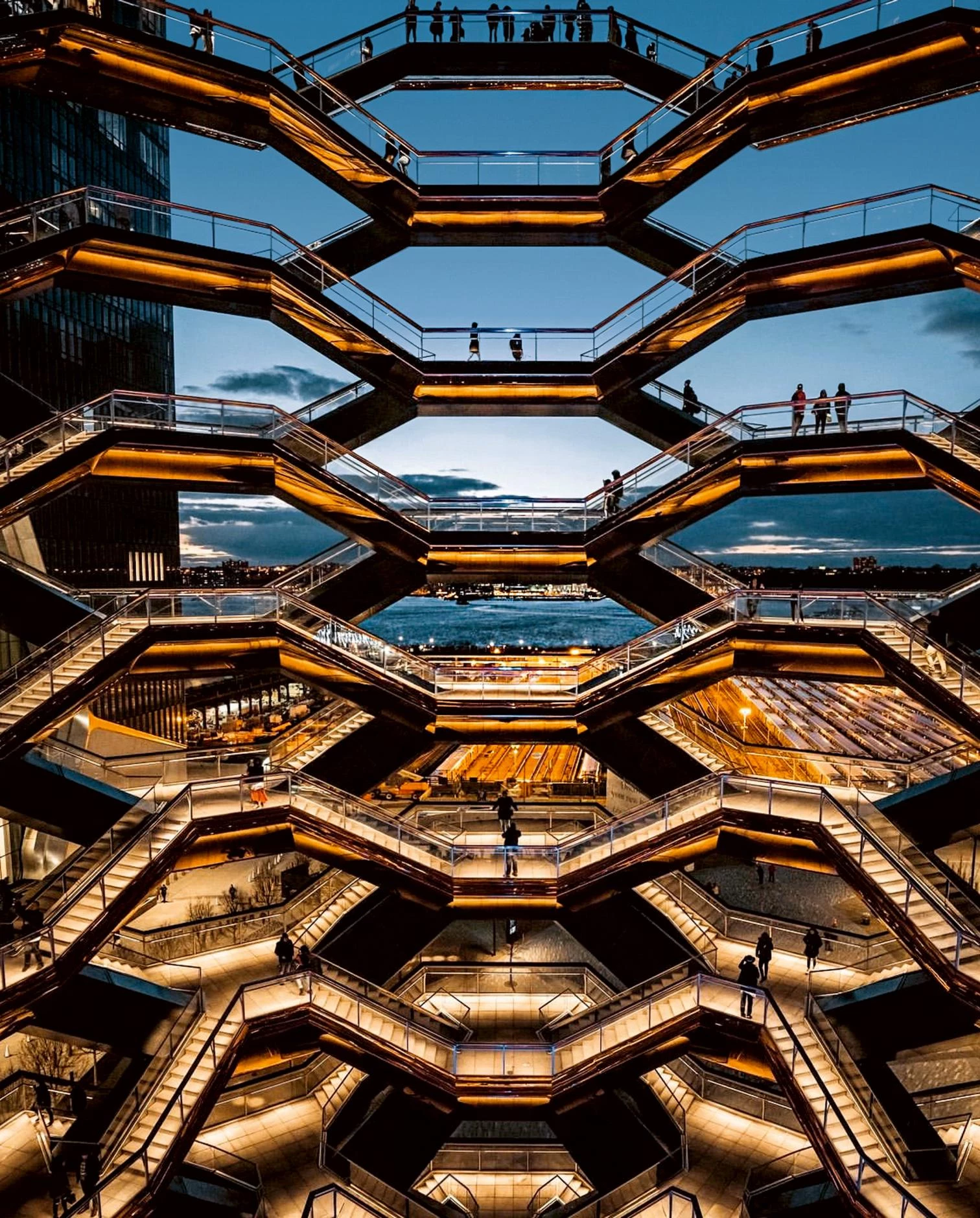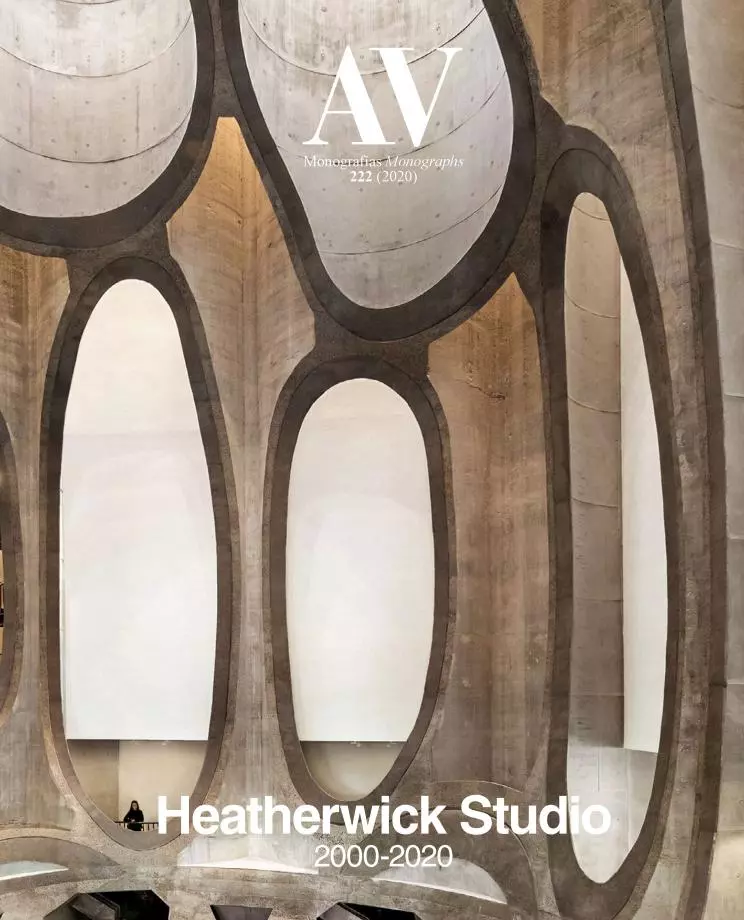
Just what is it that makes Heatherwick’s works so different, so appealing? I borrow the title from Richard Hamilton’s mythical collage to suggest answers. His work is so different and appealing because it understands architecture as experience, because it is based on material knowledge, and because it always has a poetic dimension. The first term inevitably addresses the pragmatic and holistic aesthetic of John Dewey, who in Art as Experience blurred the boundaries between high and low culture to define, with a radical democratic approach, the artistic as something that enhances life. Present in all the projects of the studio, that vital functionalism is illustrated well by Zeitz MOCAA, where the industrial geometry of a silo is modified by placing in its core a grain that grows until creating an interior space of organic resonances, underlining the link between the art that is displayed and the life that flows around it.
Material intelligence is without a doubt another of the features that characterizes Heatherwick’s work, always supported by the experience of the workshop and the attention to fabrication processes, because they serve to test the practical feasibility of the proposals, to try out the aesthetic result of manufacture, and to use crafts as a laboratory of technical and functional innovation. His complete oeuvre has been presented under the title Making, a word which is almost a manifesto, and the successive projects refine the material and formal findings, as can be seen, for instance, in the fascinating British pavilion in Shanghai, a ‘Cathedral of Seeds’ whose concept had been tried before in the permanent sculpture of Barnards Fram, and before that in the Belsay temporary pavilion, but which materialized at the Universal Expo as a memorable object capable of joining visual beauty, iconic singularity, and ecological message.
Last but not least, the choral and diverse work of Heatherwick is animated, in any of its multiple scales, by a sustained poetic breath that gives his bursts of imagination and his inventive flashes a life of their own. The ingenuity and emotion of his projects sometimes reaches the lyrical excess of the Vessel in New York, where the aerial and light reinterpretation of the deep petreous Indian stepwells reconciles the sublime with the everyday, perhaps offering an example of the art of living that Richard Rorty defended when he proposed an aesthetic ethic in Contingency, Irony, and Solidarity, three terms that also apply to a body of work whose material poetry knows well that it is contingent, whose expressive discipline does not exclude irony, and whose vital rationality is prompted by solidarity. And perhaps for the three reasons above we find this collection of projects ‘so different, so appealing.’






